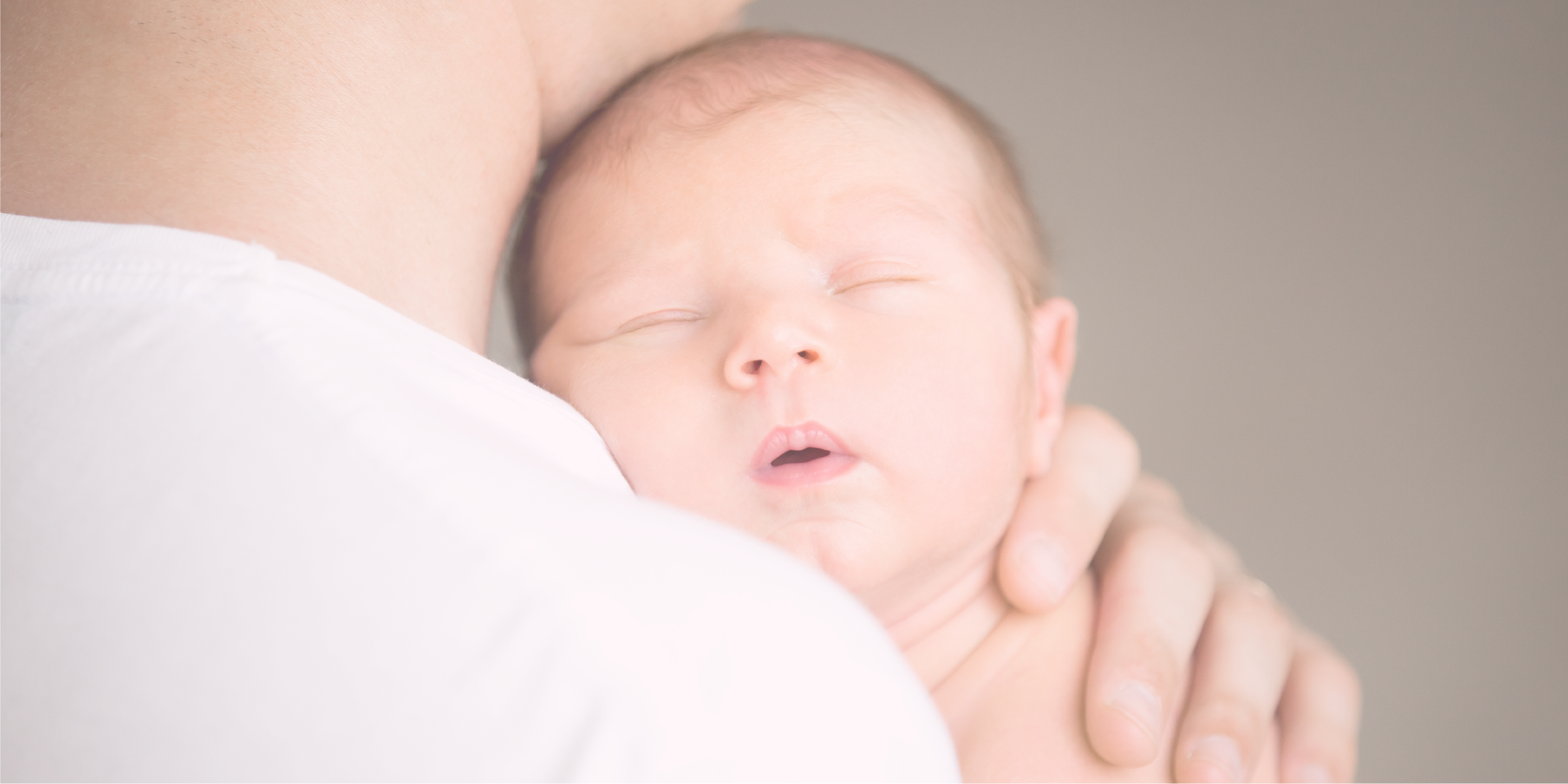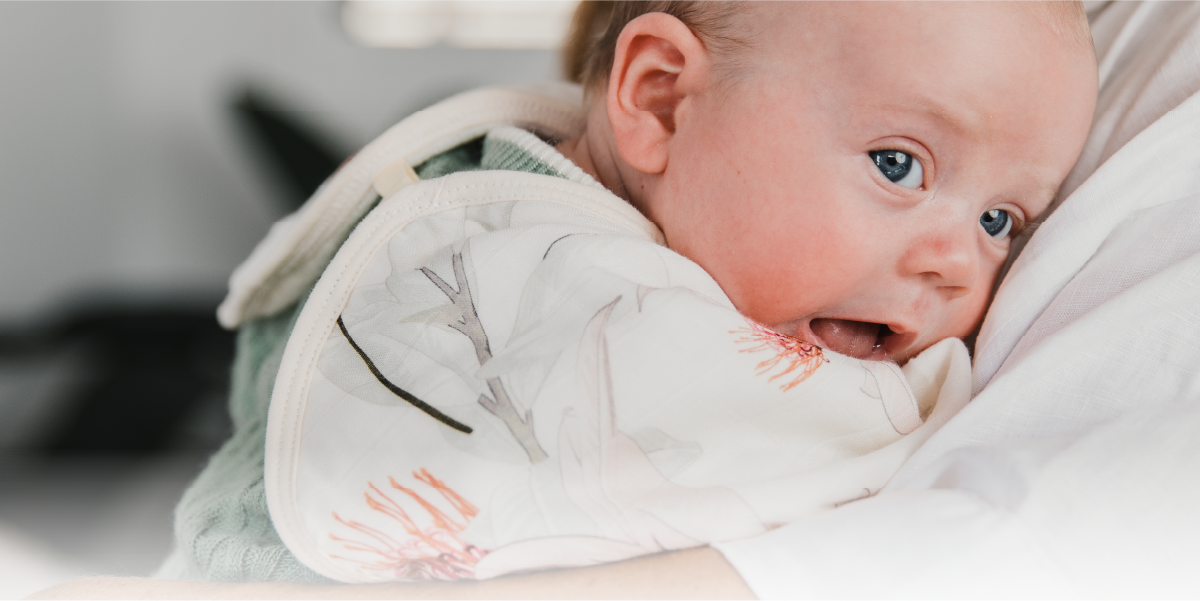Some Midwife Tips for Caring for Your Perineum After Childbirth.
After a vaginal birth, your perineum might be tender and sore. In those early days after having a baby it is important to take care of your body, especially your perineal area. The perineum is the area between your vagina and bottom, which stretches as your baby is being born. This is the area where you may have a tear during childbirth. Even mamas with an intact perineum, or no tear, can have a sore and sometimes swollen perineum.
I know you are busy looking after your baby, but it is so important to also put you and your body first. You may be sore for the first 2-3 weeks after birth, and it can take up to 6 weeks for your perineum to completely heal. Take it easy and ask for help and extra support in the postpartum period so you can concentrate on healing and recovering, as well as looking after your baby.

Let’s cover some simple and effective ways to care for your perineum and help it heal effectively in the postnatal period.
Perineal Ice packs

Cold ice packs on your perineum are highly recommended postpartum. The cool temperature of ice packs not only reduces bruising and swelling in the area, but it also dramatically decreases pain. BodyICE perineum strips have been specifically designed to be used on the perineum post-birth, and when frozen provides soothing relief to the area. BodyICE perineal strips come with washable covers so you can change them, reducing the risk of infection by having clean covers to place over the ice. Leave the ice pack on for 15 mins, then remove and wait until your skin returns to normal temperature before reapplying. If you don’t have the BodyICE Woman ice packs, you can use alternative disposable ice packs or freeze some maternity pads.
Rest
For healing and recovery, it is really important to let your body rest after childbirth. When baby sleeps, try your best to take that time to rest, even if you have to ask your partner and those around you for extra help and support. Laying down will help your perineum, and if you have any stitches, allowing fresh air to get to the stitches can assist with healing. Also, avoid heavy lifting, pushing and pulling until your perineum is healed- around 6 weeks after birth.
Side-lying

Side-lying is the recommended position to lay in for perineal recovery and healing, supported by Queensland Clinical Guidelines. Your midwife can also show you how to breastfeed while laying on your side, to make it more comfortable for you and prevent your perineum getting sore from sitting upright. Ensure you move positions regularly, change the sides you are lying on or lay flat on your back.
Keep the area clean
Keeping your perineum clean and regularly changing pads is vital for healing, especially if you have a tear or stitches. It is encouraged to shower twice a day, or after using your bowels to ensure the area remains clean throughout the day. You can also use a peri bottle to help keep the perineum clean. A peri bottle is essentially a squirt bottle that you fill with warm water and squeeze it onto your perineum on the toilet. This will make it more comfortable when you are urinating, as it can sting if you have stitches. Otherwise, you can pass urine in the shower with the water running over the perineum. Warm water also increases blood flow to aid healing and cleans the area at the same time. Use a cooling, soothing and anti-bacterial perineal sprays designed for this sensitive region and that is dermatologically tested.
Analgesia
As well as ice packs and side-lying, don’t forget to take some pain killers or analgesia to assist with any discomfort in the perineum. Your midwife or OB will suggest what they recommend for you. Normally, paracetamol and ibuprofen are the most common to take after birth for pain, with ibuprofen being an anti-inflammatory which also works to decrease inflammation.
Doughnut pillow
If you are experiencing a lot of discomfort sitting upright on your bottom, you can buy a small round pillow in the shape of a doughnut that makes it more comfortable. If you are going to use one of these pillows, it is recommended not to sit on it for any longer than 30 minutes at a time as it can direct fluid towards your perineum and increase the swelling.
Healthy bowel habits
It can take a few days after giving birth for your bowels to start working, and then up to a few weeks to become regular again. During this time, it is important to eat lots of fruit and vegetables, increase your fibre intake and ensure you are consuming at least 2-2.5L of water per day. You can also take some stool softeners after baby is born if you are struggling to go to the toilet regularly or it is hard to pass. It is beneficial postpartum to avoid straining on the toilet, ask your midwife or physiotherapist about a good position to sit on the toilet.
Resuming sexual activity
It is recommended to wait at least 6 weeks or until reviewed by your doctor before resuming sexual activity, or when you feel ready (which may be a lot longer, and is completely okay). If you are sore during intercourse, try using a water-based lubricant and adopting a comfortable position.
Follow-up with health professionals
Your perineum should be visualized after birth, every day while in hospital and on discharge. Once you are home, if you have a mirror it is good practice to look at your perineum every couple of days to ensure there is no redness or signs of infection. It is also important to attend follow-ups with your healthcare provider so they can monitor perineal healing. Normally follow-up is recommended at 1-2 weeks and 6 weeks postpartum, or at any time if you have concerns. Also seeing a women’s health physiotherapist postpartum is highly suggested as they can assess your perineum and pelvic floor and recommend exercises as appropriate.

This blog is written by midwife Aliza Carr from Bumpnbub. This blog is general advice only and does not replace the need for medical advice. Always consult your health professional for any issues or concerns.





Leave a comment
All comments are moderated before being published.
This site is protected by hCaptcha and the hCaptcha Privacy Policy and Terms of Service apply.